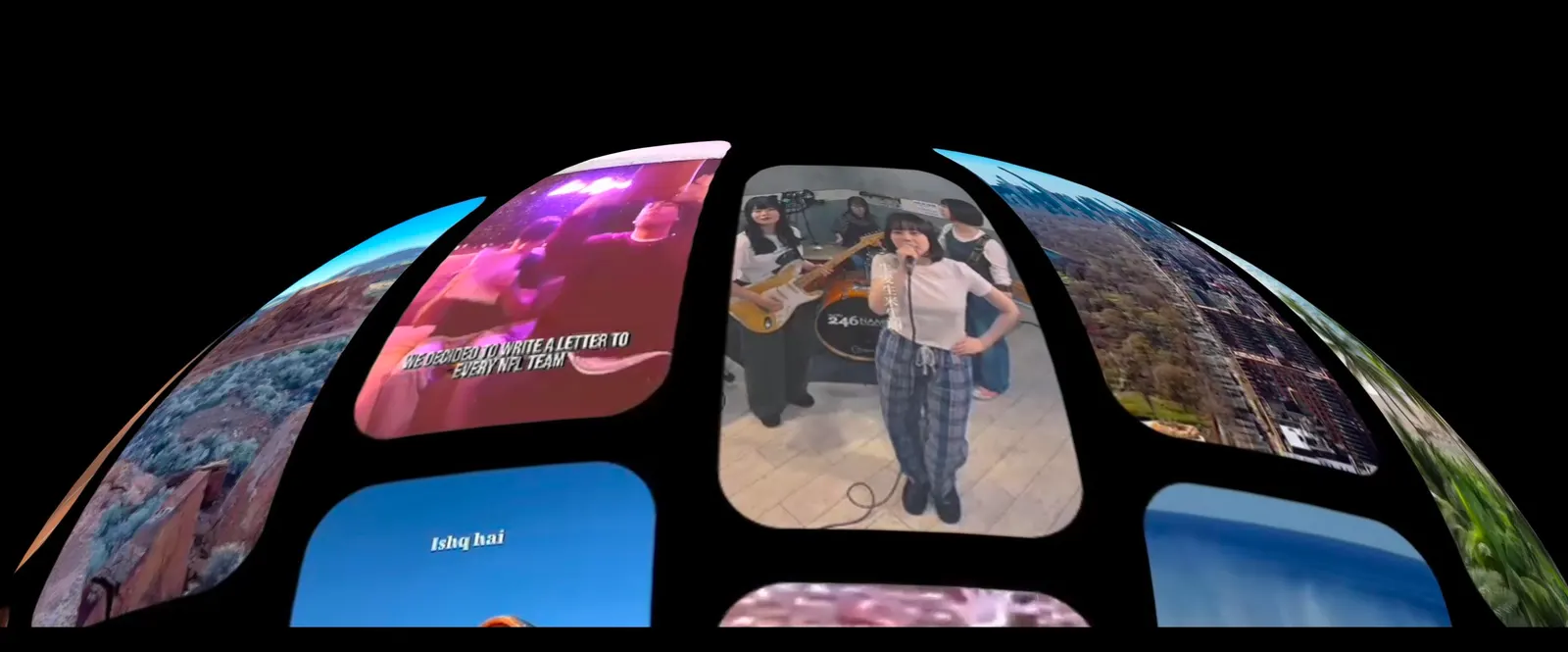As fast fashion continues to fill wardrobes and landfills at a staggering pace, new research from the University of Portsmouth suggests that the future of fashion might lie not in fabric, but in pixels.
In a multi-study paper published in the International Journal of Retail and Distribution Management, a team of researchers delved into the growing phenomenon of e-fashion—digital garments worn in virtual environments—and found these intangible items could help bridge the gap between fast fashion and environmental sustainability.
From Instagram filters to gaming skins, the idea of digital self-presentation isn’t new. But fashion brands are now taking things a step further, offering digital-only collections that exist purely on-screen.
These clothes can change color, morph shape, and even communicate with physical counterparts via near-field communication (NFC) chips. Crucially, they come without the environmental baggage of traditional production, shipping or waste. Their production, consumption and disposal don’t require using raw and difficult-to-recycle materials such as polyester.
The research studied how consumers respond to the unique appeal of digital clothing and what drives their willingness to pay for garments they can’t physically touch, try and own.
Findings show that consumers with a strong appetite for novel and tactile experiences are particularly drawn to e-fashion, valuing its creativity, customizability and interactivity. For them, virtual couture is not a compromise but an additional new frontier in personal style.
Conventional logic suggests that consumers with a strong need for touch, who enjoy physically inspecting and trying on a garment, are less likely to find e-fashion appealing.
However, the research challenges this logic. It learns that consumers with a high need for touch, and a high sensation-seeking, are an ideal target market for virtual clothing.
The research found that consumers could mentally simulate the tactile features of e-fashion, a process that becomes increasingly feasible and vivid with the adoption of virtual reality headsets.
One of the co-authors, Dr. Kokho (Jason) Sit, senior lecturer in marketing at the University of Portsmouth, said, “Whether e-fashion is a fleeting fad or a long-lasting trend remains to be seen, but its environmental potential is undeniable.
“Unlike fast fashion’s reliance on low-cost, often non-recyclable materials and landfill-heavy turnover, digital garments can be produced, consumed, and discarded with a single keystroke—or perhaps several keystrokes. No raw materials, modern slavery, shipping and delivery are involved, reducing deforestation, inhumane working conditions, carbon footprint and landfills.”
“This research shows that e-fashion isn’t just a gimmick for gamers or influencers. It can potentially disrupt the fast fashion model in a profitable way for fashion brands, exciting for consumers and better for the planet.”
While it may not entirely replace physical fashion, the study suggests e-fashion could meaningfully reduce our reliance on high-volume, low-value clothing and help curb the environmental toll of an industry that urgently needs reform.
More information:
Giovanni Pino et al, Will consumers pay for e-fashion? A multi-study investigation, International Journal of Retail & Distribution Management (2025). DOI: 10.1108/IJRDM-10-2023-0583
Provided by
University of Portsmouth
Citation:
Virtual-only couture emerges as sustainable alternative for fashion industry (2025, May 7)
retrieved 7 May 2025
from https://phys.org/news/2025-05-virtual-couture-emerges-sustainable-alternative.html
This document is subject to copyright. Apart from any fair dealing for the purpose of private study or research, no
part may be reproduced without the written permission. The content is provided for information purposes only.


